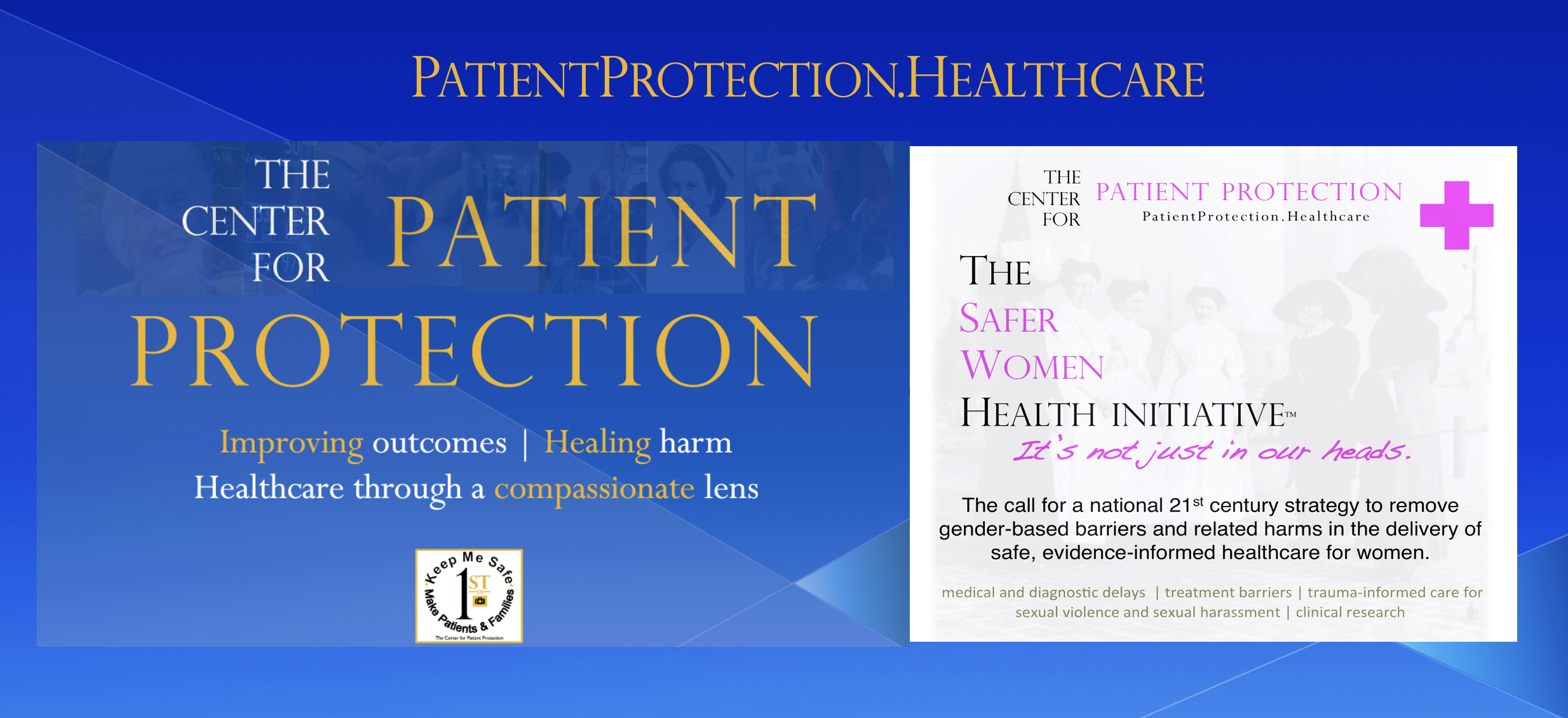Become Engaged
A safe patient is an engaged patient. In fact, patient and family engagement (sometimes called patient- and family-centered care) is considered the gold standard in safe hospital care. It puts the patient at the very heart of the care team. It recognizes that he or she has the right to be informed and consulted about every phase of care and to be treated with respect and compassion. It supports the vital role that families play when a loved one is hospitalized and structures hospital policies, like unrestricted visiting hours, to reflect that reality.
True patient and family engagement has consistently been shown to contribute to more positive outcomes for patients and families.
To stay safe, patients and families need to be vigilant, ask questions and be ready to act if things don’t seem right. True patient and family engagement has consistently been shown to contribute to more positive outcomes for patients and families. You should look on the provider’s website for more information about where it stands on both patient-centered care and patient and family engagement. In you’re in the U.S., find the latest patient safety scores for your hospital, (such as those compiled by The Leapfrog Group, as well as patient satisfaction survey results from other sources. No such scores are available in Canada. Remember, even in top-rated hospitals, some of the worst instances of medical errors and patient harm have occurred.
Another caution: for the most part, rating agencies rely upon statistics that the hospitals themselves provide. Most are never independently verified and can be subject to wishful thinking, at the very least.
Keep a comprehensive journal of your hospital stay, or your loved one’s, from start to finish. If you’re a family member, make sure you have it with you while visiting. Make detailed notes about the care that is being provided, as well as any significant conversations and interactions with healthcare professionals or hospital administrators. Always make sure to get their name and occupation or position in the hospital.
Medical records (which include, for example, doctor’s orders, progress notes, medication administration charts and test results) don’t always tell the whole story when it comes to hospital harm. Vital information may be left out. If you have your own accurate record, that can help in forcing proper disclosure and accountability. Make sure you know about the provider’s complaint process and the means of escalating concerns if you feel you are not being listened to or if you see signs of deterioration occurring in the patient’s condition without adequate explanation or attention.
Your engagement as a patient or family member is key to keeping safe. We have created a number of tools and resources on this site to help you in that mission. You may wish to look at our take on what patients and families want in their hospital experience. We know this because this is what we have been consistently told by patients and families around the world. It is the cornerstone of hospital practices that are patient and family engagement-friendly.
One way or another, we all pay the costs of medical errors — as patients and families, consumers, employers and taxpayers.
Another hint: our 3Rs for Safer Care Now provides a comprehensive check list of things to know and watch for. Every day, patients, families and providers around the world drop into the patient safety tools like this we have created.
Even if you’re not a patient or a family member, you have a stake in stopping this deadly, and costly, epidemic of harm. One way or another, we all pay the costs of medical errors — as patients and families, consumers, employers and taxpayers. If we’re lucky, we’ll just pay in higher health insurance premiums and increased taxes. Medical errors in hospitals add tens of billions of dollars to healthcare bills every year. Some actuarial experts have put the total figure, including direct and indirect costs, at closer to one trillion dollars annually. But the sad fact is that too many of us pay for this avoidable epidemic with much more than higher insurance premiums and tax bills.
We pay for it with the lives of our loved ones and the devastation of our families.
Take a look at our projects and causes. Become a champion of patient safety yourself. Let us know how you would like to help. If you have a story about medical harm, consider sharing it. Help promote our campaign to make Patient Protection 1st(SM) on your website or blog, or on Twitter, Facebook and other social media. Tell us about your ideas to end the epidemic of hospital harm and how we can improve our message.
Together, we can shine a disinfecting spotlight where it belongs: on the devastation caused by the epidemic of hospital harm and the steps needed to end it — starting with what works best for patients and families, and by making Patient Protection 1st(SM) in every aspect of care.
«Previous: Become Informed »Next: Become Protected
